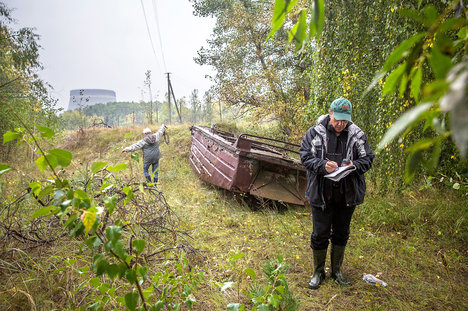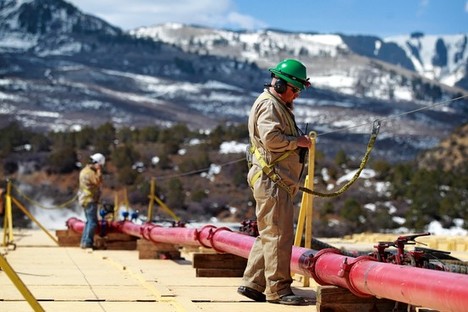It is said that the long inventor is dead, and some go so far as to say that the lone inventor never was. They downplay Edison’s role in bringing us the light. After all, we now use Tesla and Westinghouse’s AC current, rather than Edison’s DC.
But George Gilder is right when he emphasizes the importance of showing for the first time that something can be done–‘proof of concept’ matters, and clears the path for others to do the same, often in better ways.
In his Pearl Street plant, Edison proved that affordable, reliable, safe electric light was possible. The country was right to honor him before and after his death.
(p. 285) Making New Jersey’s plan to turn off all lights a national one, President Hoover asked the country’s citizens to mark their sorrow at Edison’s death by turning off all electric lights simultaneously across the country on the evening of Edison’s funeral, at ten o’clock eastern time. He had considered shutting down generators to effect a perfectly synchronized tribute but realized that it might lead to deaths; even this thought was put in service of a tribute to Edison, for the country’s life-and-death dependence upon electricity, he said, “is in itself a monument to Mr. Edison’s genius.”
Edison really had been privileged to hear his own eulogy in advance: (p. 286) The one read at the Light’s Golden Jubilee two years before was used again at his service. That night, the two radio networks, the National Broadcasting Company and the Columbia Broadcasting Company, jointly broadcast an eight-minute tribute that ended on the hour, when listeners were asked to turn out the lights. The White House did so and much of the nation followed, more or less together, some a minute before the hour, others on the hour. On Broadway, about 75 percent of the electrified signs were turned off briefly. Movie theaters went dark for a moment. Traffic lights blinked out. Everything seemed connected to Edison: the indoor lights, the traffic lights, the electric advertising, everyone connected via radio, which Edison now received credit for helping “to perfect.” In the simple narrative that provided inspiration for posterity, one man had done it all.
Source:
Stross, Randall E. The Wizard of Menlo Park: How Thomas Alva Edison Invented the Modern World. New York: Crown Publishers, 2007.



